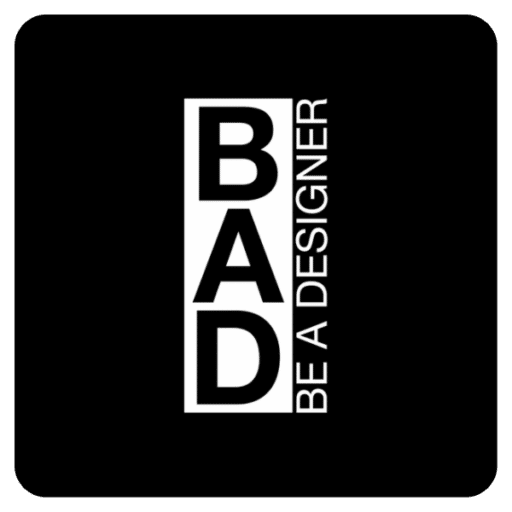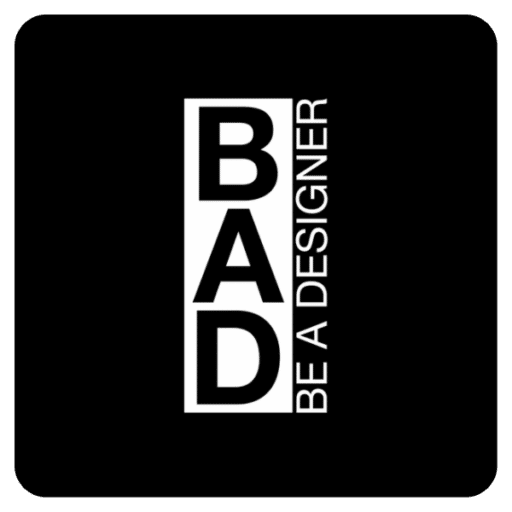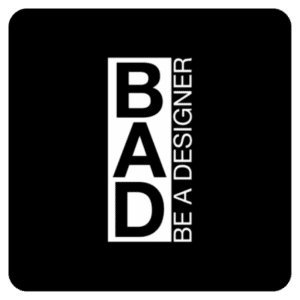Comparing Taxation: Regime dei minimi VS Srl
How to create a start-up in the world of fashion and design?
There are many young people in Italy and around the world with a strong passion for fashion, with the dream of one day being able to create a major international brand. Certainly, the world of fashion and clothing is highly coveted, especially by young people, but there are many things to know about opening your own business and your own brand.

Entrepreneur stylist
When passion drives you to create a company
The opportunities are diverse most up-and-coming designers work in famous fashion houses that are already well established while others wait for the right opportunity to launch their new idea, preferring self-entrepreneurship to life as an employee.
It is not enough to be a good 'technician' in order to become a good entrepreneur, so we have to be well prepared and ready to learn many notions and skills that we are not taught in school.
Surely it is important to ask ourselves whether we are confident and prepared to run our own business, it is a long journey and certainly requires a lot of responsibility, when you run your own business your free time is very short and the thoughts at the end of the day are always many.
Above all, you need to look at the business you are going to run as a whole and not get your hopes up too high, designing the new collection will take you much less time than managing the bureaucratic and somewhat less creative part of the new business.
If opening a start-up in the fashion industry is your dream, however, pursue it! It will require a great deal of tenacity and willpower, but you will be rewarded with extreme satisfaction for you and your start-up business.
Managerial activity
Certainly to run a successful fashion company you need to move away from the idea of the designer and develop new knowledge at a managerial level. Once you have opened your start-up, it will be important to be able to manage the activities to be carried out, the employees, suppliers and customers. Even if you don't go into retail immediately you will have contact with many different people, in the case of fashion just think of all the different fabrics needed to make a garment.
You will develop specific skills and be, especially initially, the CEO of your company, especially when things get bigger the advice is to rely on competent and qualified consultants.
In addition to entrepreneurial skills, an indispensable element when opening your start-up is the idea. What can you offer the market that is new? This is something truly innovative, and why should the market prefer your products over those of your competitors?
These are all necessary questions to ask, the competition in this sector is really high in terms of quality, choice and price.
That is why it is very important, once the idea has been identified, to try to understand which market it is preferable to enter, whether that of fast-fashion, rather than a greater search for quality but with the consequent increase in prices.
When one becomes an entrepreneur, it is always important to put oneself in the customer's shoes, to ask oneself what they might like and what would catch the attention of a new proposal in the fashion world.
But in terms of company form and taxation, what is more convenient?
This is a very common and fair question to ask yourself, especially when you are young and have in mind to create a start-up, while savings and sums to invest as a risk are not many. This is why there are special tax regimes in place, precisely to encourage and help young people to develop a creative idea and realise their dreams.
There are two tax regimes and possible legal forms in particular, especially for starting from scratch and without investing too much from the outset, we are talking in particular about the simplified LLC and the regime of the minimums, but which one should you choose? Here is a description of both with their respective advantages and disadvantages.

The simplified limited liability company
The incredible advantage of this system is certainly that of the capital, which must be more than EUR 1 but less than EUR 10,000, beyond which one would enter the ordinary Srl regime. The incorporation costs of the simplified limited liability company are lower than those of the ordinary one, as there are no notary costs and no Chamber of Commerce secretarial fees.
The simplified limited liability company
The simplified limited liability company (Srl semplificata) can be set up initially with an investment of 1 euro. It was introduced fairly recently, with a Decree-Law of 2012. The characteristic of this company form is that it can only be adopted and initiated by partners who are under 35 years of age.
The incredible advantage of this system is certainly that of the capital, which must be more than EUR 1 but less than EUR 10,000, beyond which one would enter the ordinary Srl regime. The incorporation costs of the simplified limited liability company are lower than those of the ordinary one, as there are no notary costs and no Chamber of Commerce secretarial fees.
From a cost analysis point of view, it should be noted that those who decide to set up a simplified limited liability company do not enjoy any exemption with regard to the declaration of commencement of business, registration tax, business concession tax and government tax, Cciaa (Chamber of Commerce) fees and balance sheet filing, in addition to which, let's not forget INPS (Italian National Social Security Institute) contributions and social security payments.
Thus making acost analysis which are incurred in the year in which the simplified Srl comes into existence, relating to the creation of the company form, are around €11,237, a saving of around €1,500 compared to the ordinary Srl.
From a tax point of view, there are no particular exemptions or advantages of the simplified GmbH as compared to the ordinary one.

The Minimum Regime
When we speak of a 'regime dei minimi', we no longer refer to a company form, as in the case of the Srl, but rather to a facilitated tax regime. This preferential system can be adopted for a period not exceeding five years and with a substitute income tax of 5%.
In order to be able to adopt this favourable tax regime, there are requirements to be met, such as:
The Minimum Regime
When we speak of a 'regime dei minimi', we no longer refer to a company form, as in the case of the Srl, but rather to a facilitated tax regime. This preferential system can be adopted for a period not exceeding five years and with a substitute income tax of 5%.
In order to be able to adopt this favourable tax regime, there are requirements to be met, such as:
Ceiling of 30,000 euro turnover per year
Do not have any employees;
Not having run or had a business activity in the three years preceding the time of application.
It does not apply to agriculture, publishing, the arts and some others;
The value of the assets to start the business must not exceed EUR 15,000.
Unlike in the case of the simplified limited company, where the upper age limit for setting up the company is 35, in the case of the minimal regime there is no age limit but the requirements are solely those listed above.
The 35-year threshold in the minimum regime, however, takes on a different role since, if you are younger, the 5-year maximum use limit is not to be observed. A very young person who has opened his or her own business can adopt the regime of minimum wage until the age of 35, while still meeting the requirements in terms of turnover and employees.
Advantages of the minimal regime
One of the advantages of the minimal regime is a bureaucratic advantage, as no sales ledger is required and no costs for an accountant are incurred. Furthermore, in the case of the minimal regime, there is no obligation to settle VAT at monthly or quarterly intervals and there is no need to pay IRAP.
Substantial tax benefits arise from Irpef, which is reduced from 20% to 5%.
However, persons who wish to take advantage of this tax benefit must also fulfil certain obligations: documenting all remuneration, keeping purchase and sales invoices in an accurate and numbered manner, and finally, tax returns are always mandatory, even if the turnover is zero euros.
We have therefore said that in order to take advantage of the minimum regime, it is necessary to have certain requirements but what happens if the requirements are lost during the year? In this case, it will no longer be possible to take advantage of the relief from the following year.
One advantage of minimum taxpayers, which is reflected in organisational and bureaucratic terms, is that of accounting: minimum taxpayers enjoy the possibility of drawing up simplified accounts if their revenue does not exceed the EUR 400,000 threshold.
In this respect, the simplified GmbH remains similar to the ordinary one in that it is required to keep books, approve the balance sheet and register in the commercial register.
So what is more convenient and advantageous?
In terms of costs, it is certainly more advantageous to open a sole proprietorship under the regime of minimums, in which case you initially pay the initial set-up costs but gain in terms of subsequent costs. Once registration has taken place, in the case of a sole proprietorship under the regime of minimums, the costs to be borne become much lower, while for the simplified limited company these are around 400 euros per year to which the annual management costs must be added.
In terms of risk and security, it must be said that the sole proprietor certainly has a greater liability than the partner of an LLC, who enjoys limited liability within the limits of his contribution. In the case of a sole proprietorship, the entrepreneur bears the risks and benefits.
The advantages of having a sole proprietorship with the minimum regime:
no obligation to keep books
high decision-making autonomy due to the absence of partners;
initial capital is not necessary to start;
the minimum requirements are few and simple.
The disadvantages of having a sole proprietorship are:
unlimited liability: as the owner is jointly and severally liable for the company's obligations
Taxation not in favour.
To conclude, let us examine the advantages and disadvantages of the simplified limited liability company. The advantages are:
free notary fees at its inception and minimal initial costs;
minimum share capital of 1 euro;
limited liability;
fixed rate and the possibility of increasing the membership by adding new members
The disadvantages instead are:
the highest costs as an accountant and bookkeeping are involved;
a certain amount of capital behind it is necessary to bear the initial expenses;
obligation of ordinary bookkeeping and annual presentation of the balance sheet;
low credibility of banks.
If you found this article interesting, leave us a comment below :), if you would like to learn more about which tax regime might be most advantageous for you and discuss this directly with our accountant, schedule a free call or fill in the form below.

















